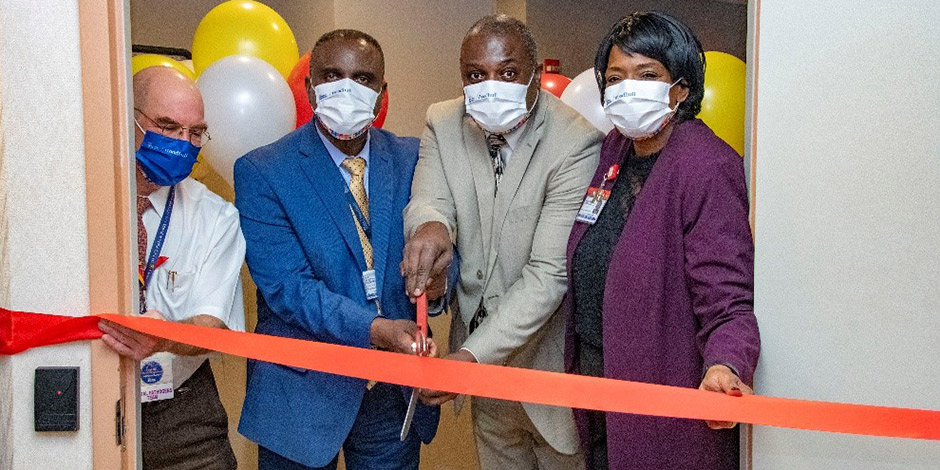NYC Health + Hospitals/Woodhull Upgrades MRI Equipment for Breast Cancer Screening
Nov 22, 2021

NYC Health + Hospitals/Woodhull today announced the installation of a new state-of-the-art MRI (magnetic resonance imaging) device that will be used for breast cancer screening for high risk patients. Breast MRI is a technology that uses magnets and radio waves to produce detailed cross-sectional images of the inside of the body. MRI does not use X-rays, so it does not involve any radiation exposure. The new technology will allow 10 to 12 patients to be seen during a single shift. The MRI unit closed in July for construction as the device was being installed. It will reopen on Tuesday, November 23 for patients. The cost of the project was approximately $2.5 million.
“On behalf of NYC Health + Hospitals/Woodhull, we are excited about the upgrading of our Magnetic Resonance Imaging (MRI) equipment,” said Gregory Calliste, CEO. “The new state-of-the-art MRI will enhance our ability to diagnose and treat diseases and health conditions more effectively for the benefit of our patients and community.”
“The Radiology department at Woodhull Hospital is pleased to announce the opening of our new state of the art MRI scanner,” said Luis Fernandez, MD, Chief of Medical Imaging Services. “This will enable us to diagnose disease prevalent in our community with the highest degree of precision that this technology permits. We are looking forward to serving our patients with the highest standard of care and help mitigate health disparities.”
“The MRI, with its extra-large bore, will accommodate patients up to 500 pounds and reduce stress for those with claustrophobic tendencies,” said Vascenio Rhoden, Associate Executive Director of Ancillary Services. “Woodhull Hospital looks forward to servicing our community’s health care needs.”
Breast MRI has a number of different uses for breast cancer, including screening high-risk women, gathering additional information about an area of suspicion found on a mammogram or ultrasound, and monitoring for recurrence after treatment.